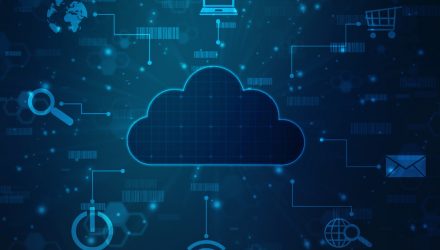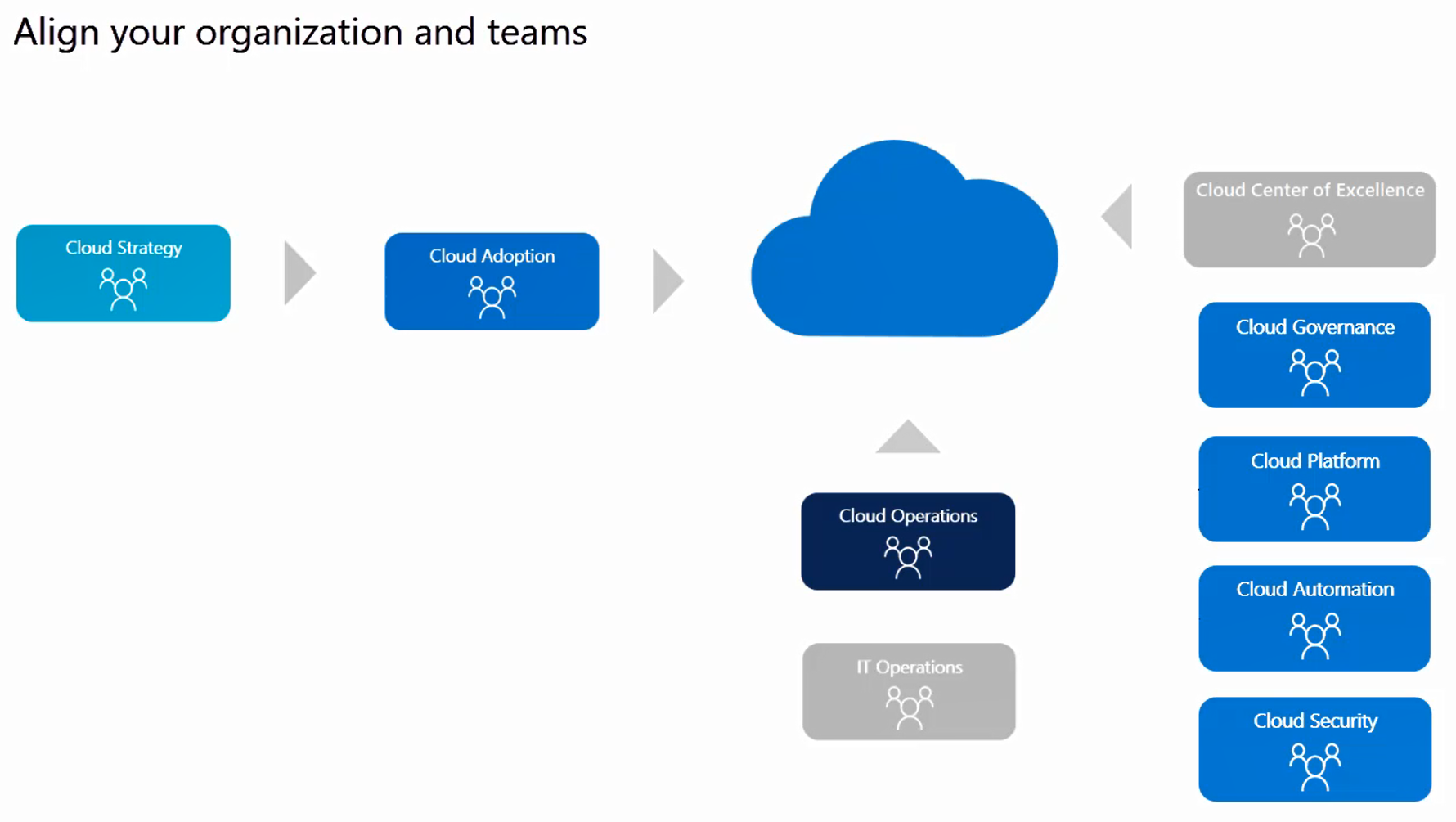
Barriers to enterprise adoption of cloud computing including security concerns and regulatory compliance continue to crumble. As new cloud computing capabilities mature, such as support for containers and serverless computing, multi-cloud environments are becoming the platform of choice for innovation and digital transformation.
Cloud computing, a fundamental component of the digital trends affecting businesses today, will continue to grow in 2019, driven by these key trends:
Edge computing is on the rise

The proliferation of IoT devices and the need for organizations to deliver near real-time services based on advanced data analytics is pushing the action out to the network edge. The explosion of data at multiple edge locations has profound implications for data management, hybrid cloud models and digital technologies such as machine learning and AI. Sending data collected at the edge back to a single public cloud or to an enterprise data center for processing is ineffective because companies need to be able to make fast decisions as close to the data sources as possible in order to minimize analytics latency.
Multi-cloud management becomes an imperative

In an edge computing world, companies must embrace a multi-cloud strategy in which compute power and analytics capabilities exist in multiple locations but are managed seamlessly across the enterprise landscape so there is no interruption in producing the business results the company needs. Functions such as security, governance and auditing need to run across all platforms, but there are other operations that are better managed within individual clouds, so companies need to sort that out and draw clear lines.
Data management gains new importance

As data becomes increasingly distributed due to the requirements of edge computing, data management across multiple clouds becomes critical. Companies need to understand where the data is located, who has access to it, and how it needs to be processed throughout the data lifecycle.
Regulatory compliance impacts infrastructure

The full ramifications of the European Union’s General Data Protection Regulations (GDPR) will be felt in 2019 and are expected to have a significant impact on how companies handle and secure data that falls under regulatory scrutiny. This affects edge and cloud data and requires companies to re-think their data management and data control systems. However, the barriers to running highly regulated applications in the cloud are evaporating and many companies are finding they can meet even these tighter compliance and security standards in a multi-cloud environment.
Data centers continue declines

As more and more workloads move to the cloud — even crown-jewel, mission-critical applications such ERP software — the pressure builds to close enterprise data centers altogether. There will always be some workloads that have to run in an on-premises environment. But companies can move those workloads to a co-location facility that features high-speed, low-latency connections to the cloud to maximize data integration, so companies can still shutter their data center without impacting the business.
Modern operating platform adoption grows
Organizations that simply lifted and shifted existing applications to the cloud are now taking advantage of maturing approaches like serverless computing and containerization to re-factor their applications for a cloud-native environment. While there is still some apprehension as organizations try to figure out the best way to benefit from these new approaches, companies will see a real payoff in application optimization on these new platforms in 2019.
DevOps and security merge

Increasingly, security best practices will be codified into the application development tooling pipeline. In a DevSecOps scenario, security is baked into the agile development process via automated systems. On the operations side, companies will benefit from the improved monitoring and increased visibility provided by cloud service companies. In fact, it is difficult to argue today that a small or mid-size company has better security than cloud providers who have made security a top priority. And third-party cloud-based providers will use machine learning to offer security services like threat detection-as-a-service.
High-performance computing moves to the cloud

There have always been some specialized, high-performance applications that organizations were reluctant to run in the cloud. But cloud providers have built high-performance, GPU-based systems that are now allowing organizations to migrate niche, high-performance applications, thus making it easier to shutter their data centers.
Cloud computing was once associated with shadow IT or with apps that could be opportunistically migrated, but in 2019 we will see multi-cloud environments emerging as strategic platforms for driving innovation.







